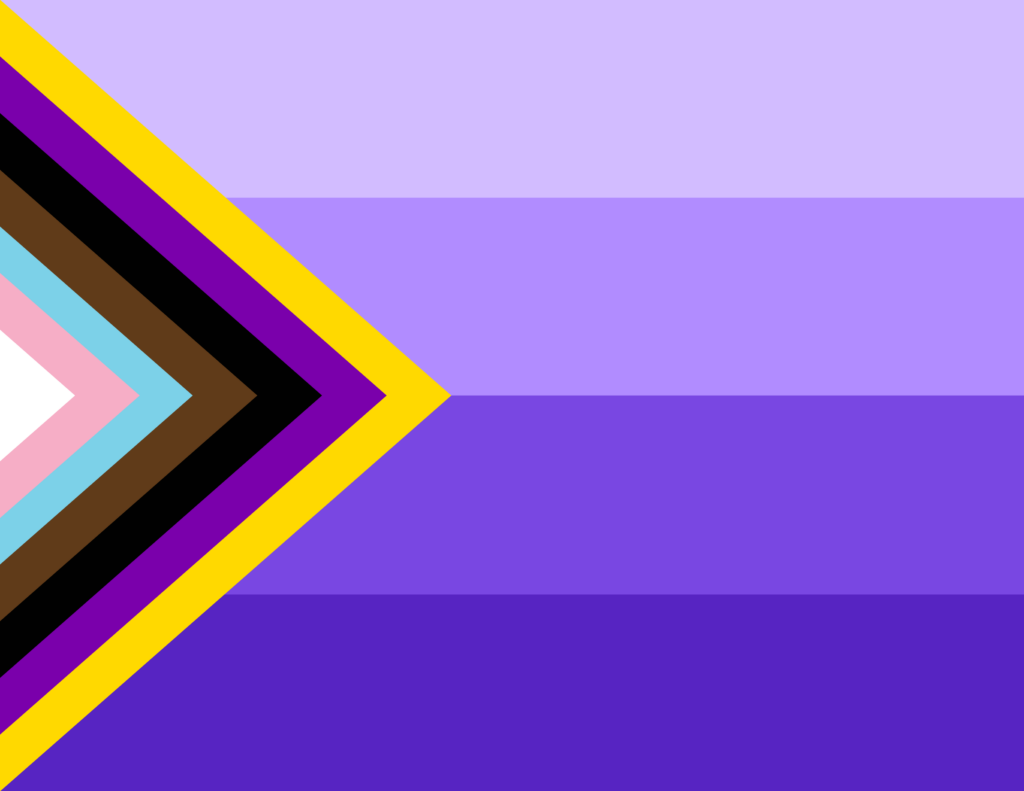Everything You Need to Know About Gender Identity
It’s important to understand different gender identities, pronouns, and what they all mean.
Even if you identify as cisgender (the same gender you were assigned at birth), understanding different gender identities will help you support the transgender community and be a good ally.
Trans people face huge amounts of discrimination both from people within and outside of the LGBTQ+ community.
Learning the right language to use can seem daunting at first, but it’s a great way to demonstrate your respect and support for trans people and be an active ally in your life.
Being an ally doesn’t necessarily require you to know any trans people personally – it’s about showing respect to trans people whether or not there’s a trans person in the room.
Educate the people around you so that trans people don’t have to.
Download HER app
What Are Pronouns?
In the most basic sense, pronouns are just how we refer to people instead of using their names.
The most common pronouns people know are he or his, she or hers, and they or theirs. They’re just a way to simplify how we talk about people.
So instead of having to say, “Jenny is at Jenny’s house with Jenny’s mum,” you can say, “Jenny is at her house with her mum.”
People’s pronouns differ depending on their gender identity.
Historically, he/his has been used to refer to men, and she/her has been used for women. But different people prefer different pronouns for their own individual reasons.
So, it’s important not to assume which pronouns someone uses.
Always ask, and make sure you respect whatever their pronouns are.
Why It’s Important to Know Someone’s Gender Identity
There are many different unique and diverse ways to experience gender, and they all deserve to be respected and celebrated!
Knowing someone’s gender identity will enable you to treat all people – whether or not they are transgender – kindly and respectfully.
Using the correct name, pronouns, and gender to refer to someone show that you support them and know that their identity is valid.
At its core, it’s about showing basic respect to other human beings.
Demonstrating this basic respect can be beneficial in lots of ways.
For trans people, it shows that you are an active ally of the community. Even if you don’t realize, someone you know might be trans but is afraid to come out of the closet.
Using the correct language to refer to other people in your life shows them you support the trans community and would support them whenever they choose to come out.
Pronouns Glossary
Here, we’ve put together a few definitions of the most common pronouns.
It’s important to note that while some pronouns are more commonly used by people of certain genders (for example, she/her is more widely used by women), this isn’t always the case.
Even if someone tells you their pronouns are she/her, they may not identify as a woman or like being referred to as a woman.
If you’re not sure, just politely ask how someone identifies or likes to be referred to.
She/Her/Hers
She, her, and hers are often, but not solely, used by people who identify as women. This includes both trans women and cisgender women.
In a sentence: I spoke to her, and she wants us to go over to her house.
He/Him/His
He, him, and his are often, but not solely, used by people who identify as men. This includes both trans men and cisgender men.
In a sentence: I spoke to him, and he wants us to go over to his house.
They/Them/Theirs
They, them, and theirs are gender-neutral pronouns commonly used by non-binary or gender non-conforming people, but anyone can use them.
Some people get confused by this one because, in English, we use they, them, and theirs to refer to multiple people or a group of people.
But they can also be used to refer to an individual. Most people automatically use the singular they to strangers or people whose gender they don’t know.
Here, it works exactly the same way!
In a sentence: I spoke to them, and they want us to go over to their house.
Ze/Hir/Hir
Ze (sometimes written as Xe), hir, and hir (pronounced the same as ‘here’) are also pronouns often used by non-binary, agender, or genderqueer people.
Because these pronouns are less commonly used in the English language, people can feel worried or confused about using them, but they are pretty quick to get the hang of!
Ze is used in the same way as he or she. Hir is used as both her and him, and his and hers.
If you’re struggling at first, say the sentence in your head with pronouns you are familiar with, and practice swapping out each of the pronouns with the right word.
Remember – ze is used for he or she; any other pronoun is hir.
In a sentence: I spoke to hir, and ze wants us to go over to hir house.
Any Pronouns
Some people really don’t have a preference and are perfectly happy being referred to with any pronouns.
This one is more common than you think!
If someone tells you they’re comfortable with any pronouns, make sure to ask if they would prefer you to switch it up, or just pick one and use that.
Different Combinations
Lots of people, regardless of their gender, are comfortable with a few different pronouns.
This can be a great way for people to try out different pronouns if they’re unsure which ones feel right yet or just express the complexity of their gender and experience.
The most common combinations are he/they and she/they.
Again, it’s important to ask if someone has a preference or likes people to use both.
Some people who use she/they, for example, don’t like it if people just default to using she when referring to them. Instead, they want people to use both in equal amounts.
In a sentence: I spoke to her, and they want us to go over to their house.
However you identify, and whichever pronouns you use, your identity is valid and deserves to be respected.
The community on HER is as diverse as the LGBTQ+ community itself.
Whether you’re trans, non-binary, cis, or something else entirely, you can find people like you on HER.
On the app, you can select or write in your pronouns, so it’s quick and easy to let people know how you identify and how you want to be referred to.
Having a community to support and validate you is so important.
If you want to connect with like-minded people to make friends, find your person, or just have someone to chat to that understands, log into HER now.
Download HER app







